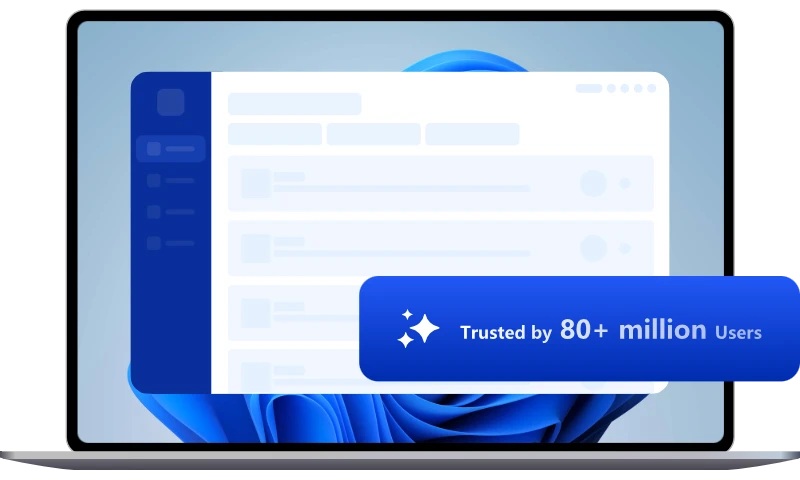How to Cancel Windows 10 Update in Progress
If you inadvertently open the Windows Update screen and start applying updates, don't panic. Even when you are applying updates or waiting for a restart, you can cancel/pause the update for a while.
While some users rely on the automatic application of Windows Update, others are used to applying updates manually by going to the Security and Updates page in the Windows Settings app, with a view to avoiding inadvertently starting updates at work and entering a lengthy reboot process.
However, accidents do happen in practice from time to time. When you open the Windows Update screen in the Settings app of Windows 10, the application of updates may start automatically. If you click the “Check for updates” button and find a new update, or click the “Download and install” link in the Optional Updates section, which contains feature updates, the application of that update will also begin.
In addition, sometimes you start the update manually, but it takes much longer than expected (e.g. quality updates and feature updates) to the point that it interferes with your work.
In these cases, you may want to stop the Windows 10 update in progress. So what should you do?
How to stop the Windows Update in progress
If you inadvertently open the Windows Update screen and start applying updates, don't panic. Even if you are applying updates or waiting for a restart, you can click "Pause updates for 7 days" on the "Windows Update" screen.
This will cancel the updated application and restart and pause the updated application. The pause will last for seven days, after which updates will automatically resume. Similarly, even when you are upgrading to Windows 11 and the status shows "Downloading" or "Installing", you can cancel it by clicking on "Pause update for 7 days".
Then, on the Windows Update screen, you will see the message "Updates paused" and a button to resume updates will appear below it. Clicking the "Resume updates" button will check for updates and resume downloading updates.
Can you cancel while waiting for a restart after the update?
If you have applied the update and are waiting for a restart (restart now or schedule the restart), you can still leave it for a while. If you want to restart or shut down your computer, you can do so without applying the update by clicking the Power button on the Start menu and selecting "Restart" or "Shutdown".
However, please note that in this state, if the system is considered to be out of active time, it will automatically restart.
If you want to avoid rebooting after the update, it is safer to cancel the update as described above and then cancel the waiting for reboot state. If you click "Pause updates for 7 days", the "Restart with updates" and "Shutdown with updates" items on the "Power" button of the Start menu should disappear.

